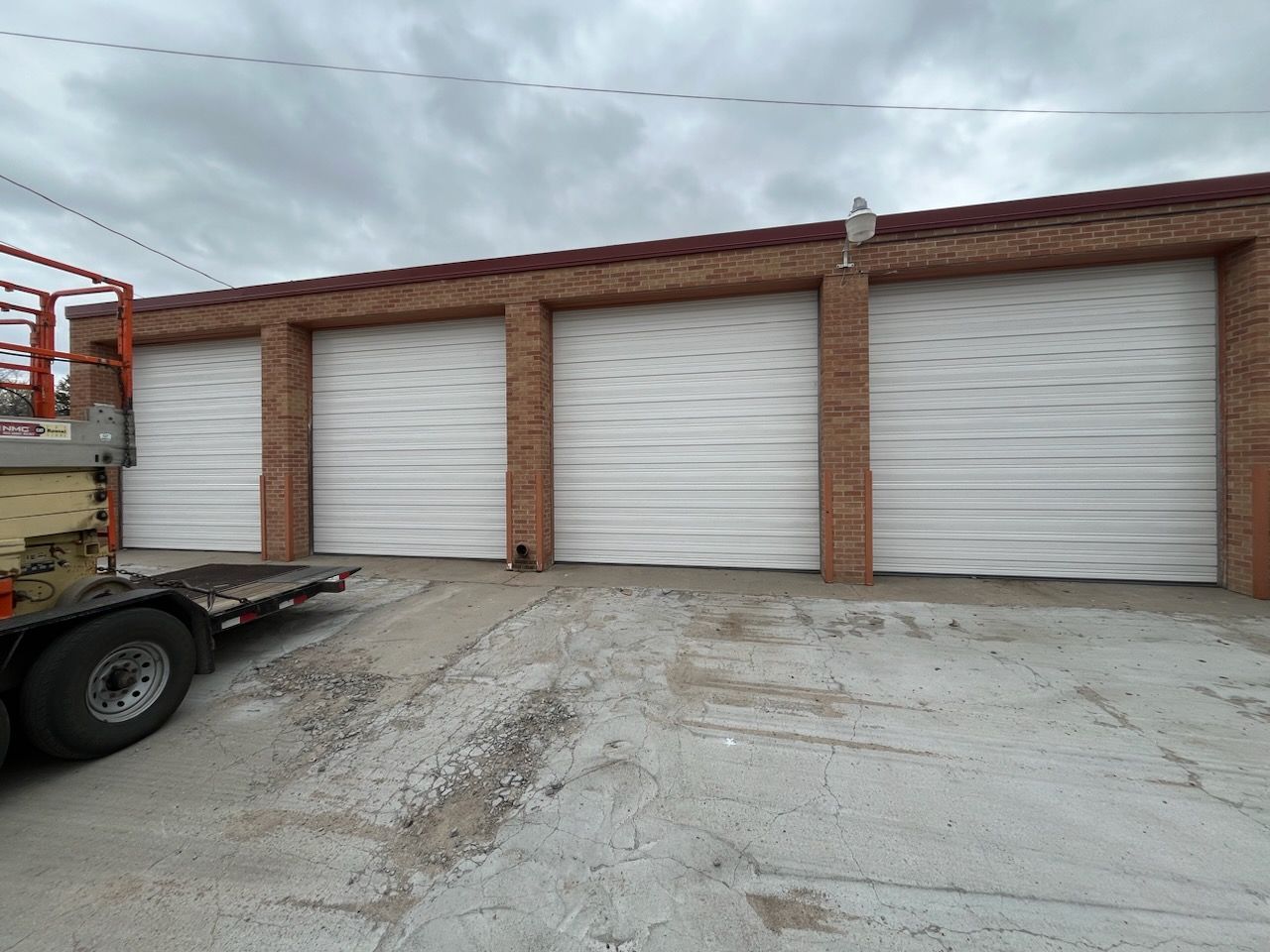Your overhead door does more than just provide entry and exit; it enhances security, boosts energy efficiency, and enhances curb appeal. But like any complex equipment, it needs care. Ignoring subtle issues can lead to expensive fixes—or worse, a door that fails completely. Let’s explore the top 5 signs your overhead door might need repair and why addressing issues promptly is key.
When Your Door Gets Noisy
Does your overhead door creak, grind, or make high-pitched noises? These sounds are not just annoying—they’re a warning sign. Unusual noises can indicate issues with the door’s torsion springs, rails, or motor. Left unchecked, these small problems can escalate into major malfunctions.
Delayed Garage Door Movement
If your overhead door is slow to open or close, it might be due to aging parts or problems with the system. A door that hesitates could pose a safety risk, especially if it malfunctions while in use. Prompt repairs can get it back to working efficiently.
Uneven Door Panels
Have you noticed uneven or sagging sections in your overhead door? This is often a sign of compromised stability or tension issues. Beyond being unsightly, sagging can compromise your door’s security and insulation capabilities.
4. Increasing Energy Bills
A poorly sealed or damaged overhead door can cause drafts, making your HVAC system struggle to maintain temperatures. If you’ve noticed your energy bills rising unexpectedly, your garage door could be the culprit. Repairing or upgrading your door can help lower costs in the long run.
Signs of Wear and Tear
Bumps, splits, or rust are clear indicators that your overhead door has seen better days. While some damage might seem cosmetic, it can weaken the door’s integrity and make it more susceptible to malfunctions. Addressing these issues promptly is essential for safety and functionality.
